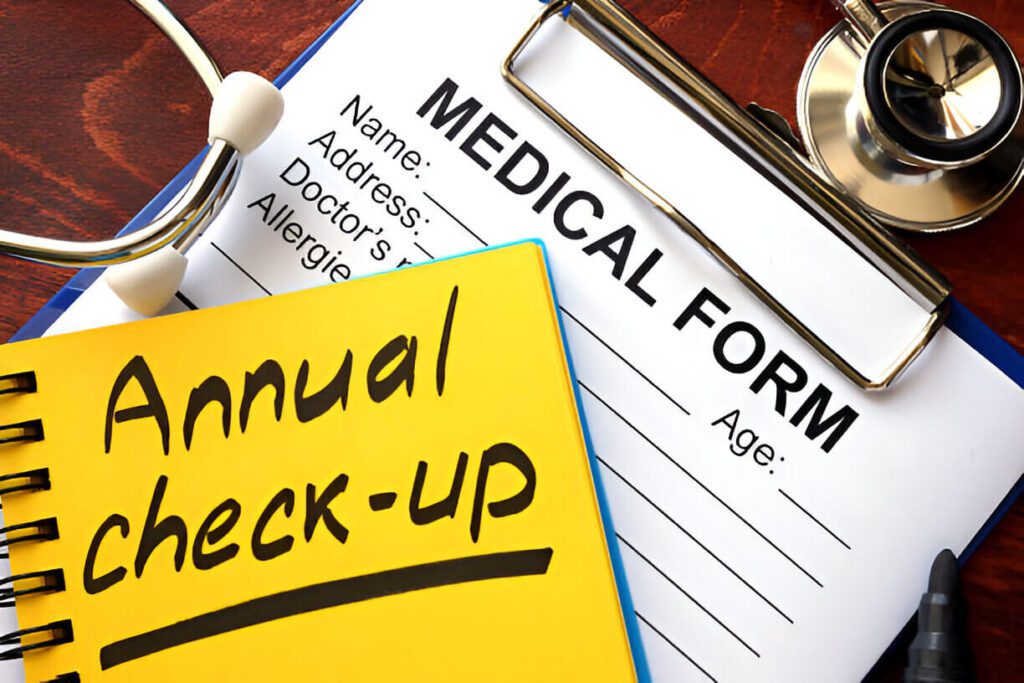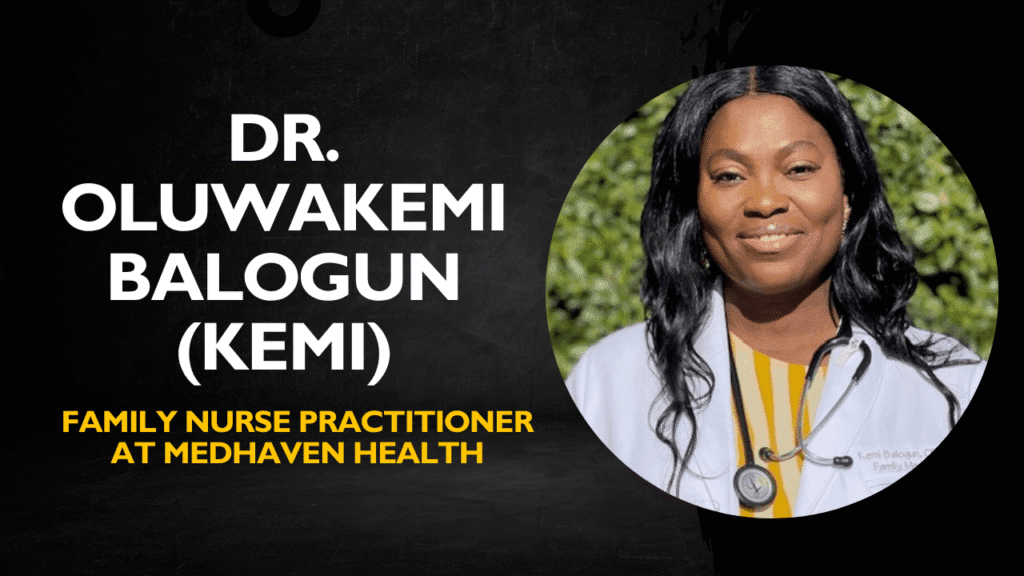Medically Reviewed by Dr. Oluwakemi Balogun (Kemi), MD — Medhaven Health
For many people, the phrase annual physical exam sounds routine, even boring. But the truth is, this yearly checkup is one of the most powerful tools you have for protecting your health. A physical check-up not only gives your doctor a chance to spot early warning signs of illness, but it also gives you the opportunity to ask questions, set health goals, and build a stronger relationship with your provider.
In this guide, we’ll walk you through what typically happens during an annual check-up, why it’s important, and how to prepare so you get the most out of your visit.
Why Annual Physical Exams Are Important
An annual physical exam serves as a baseline check of your overall health. Even if you feel healthy, it’s possible to have underlying conditions that aren’t showing symptoms yet. High blood pressure, early diabetes, high cholesterol, or vitamin deficiencies are common examples.
Seeing a physical doctor once a year allows for:
-
Early detection of medical issues before they become serious
-
Prevention through vaccines, screenings, and lifestyle advice
-
Tracking your health trends over time (weight, blood pressure, cholesterol)
-
Building trust with your doctor makes it easier to talk about sensitive concerns
Think of your annual check-up as a “tune-up” for your body — just like you would for your car.

What Happens During an Annual Physical
While every clinic has its own process, most annual physical exams follow a similar structure. Here’s what you can expect:
1. Health History Review
Your provider will ask about your:
-
Personal and family medical history
-
Lifestyle habits (diet, exercise, sleep, alcohol/tobacco use)
-
Medications and supplements
-
Mental health and stress levels
This is a good time to bring up any new symptoms or concerns you may have noticed since your last physical check up.
2. Vital Signs Check
Your physical doctor will measure key numbers, including:
-
Blood pressure
-
Heart rate
-
Temperature
-
Respiration rate
-
Oxygen saturation
These quick checks help identify any potential red flags.
3. Physical Examination
A standard physical exam usually includes:
-
Listening to your heart and lungs
-
Checking reflexes, balance, and muscle strength
-
Examining your eyes, ears, nose, and throat
-
Palpating (feeling) the abdomen to check the organs
-
Skin check for unusual moles or growths
Depending on your age and health history, your doctor may also perform a breast exam, pelvic exam, or prostate exam.
4. Laboratory Tests
Most annual check ups include basic blood work, such as:
-
Complete blood count (CBC): checks overall health
-
Lipid panel: measures cholesterol levels
-
Blood sugar/glucose: screens for diabetes
-
Thyroid function tests (if needed)
Your doctor may also recommend additional labs based on your history.
5. Preventive Screenings
Age, gender, and family history play a role in which screenings are included. Examples:
-
Mammograms or Pap smears (for women)
-
Prostate-specific antigen (PSA) tests (for men)
-
Colon cancer screenings (colonoscopy, stool tests)
-
Bone density scans (for older adults)
6. Vaccinations and Immunizations
Your physical doctor will ensure you’re up to date on recommended vaccines, such as:
-
Tetanus booster
-
Flu shot
-
COVID-19 booster
-
Shingles or pneumonia vaccine (for older adults)
7. Lifestyle and Wellness Counseling
A strong part of a physical check up is prevention. Expect your doctor to talk with you about:
-
Nutrition and healthy eating habits
-
Exercise recommendations
-
Stress management
-
Sleep hygiene
-
Weight management
This part of the annual check up is highly personalized — tailored to your unique health needs.
How to Prepare for Your Annual Check Up
To get the most from your visit:
-
Bring a list of medications (including supplements)
-
Write down questions or concerns in advance
-
Know your family history
-
Bring insurance cards and ID
-
Wear comfortable clothing that makes it easy for the doctor to examine you
If you’ve noticed changes in mood, energy, or physical symptoms, don’t hesitate to share them.
Common Questions About Annual Physical Exams
Do I need an annual check-up if I feel healthy?
Yes. Many conditions (like high blood pressure) don’t show symptoms until they become serious. Preventive care is always better.
How long does a physical check-up take?
Most visits last 30–60 minutes, depending on whether lab work or screenings are included.
Will insurance cover my annual physical exam?
In most cases, yes. Preventive checkups are typically covered at no extra cost under most health insurance plans.
What’s the difference between an annual check-up and a sick visit?
A sick visit focuses on treating an immediate health problem (like a cough or injury), while an annual exam is about prevention and long-term health tracking.
Building a Relationship With Your Physical Doctor
One of the biggest benefits of an annual check-up is the continuity of care. Over time, your physical doctor gets to know your health history and can spot even subtle changes. This long-term relationship builds trust and helps you feel comfortable sharing sensitive concerns, whether they’re about physical health, stress, or lifestyle.
When to Schedule Your Annual Physical
Ideally, schedule your annual check-up around the same time each year so you can compare results year to year. If you have ongoing conditions like diabetes or hypertension, your primary doctor may recommend more frequent checkups.
Final Thoughts
Your annual physical exam is more than a quick once-over — it’s a complete checkup designed to protect your health now and in the future. By making it a priority, you’re taking an active role in your well-being.
If you’re due for your physical check-up, don’t wait. Schedule an appointment with a trusted physical doctor today at Medhavenhealth and take the first step toward staying healthier, longer.

CRNP, FNP-BC, MSN is a board-certified Family Nurse Practitioner with 16+ years of experience. She provides personalized, high-quality care in family medicine, preventive health, and chronic disease management at MedHaven Health in Glen Burnie, Maryland. Read More








